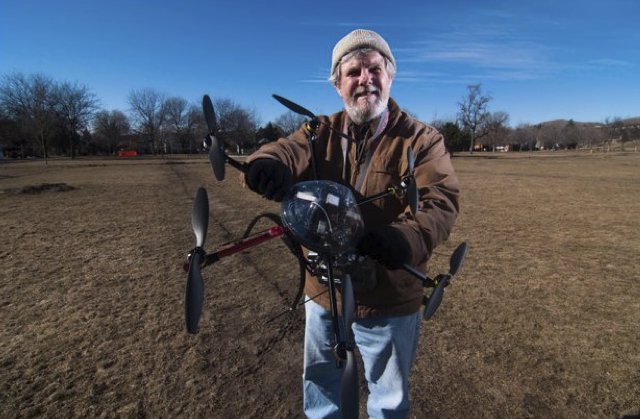Idaho Power Co. fish biologist Phil Groves doesn’t want to see any more of his colleagues injured or killed in helicopter crashes while doing research.
So he has embraced technology typically used by the military and hobbyists: unmanned aircraft.
The Idaho Department of Fish and Game frequently surveys salmon nests in streams and tributaries. It’s common practice to use planes and helicopters for biologists’ annual wildlife counts.
In August 2010, a helicopter chartered by Fish and Game crashed in downtown Kamiah, killing biologists Larry Barrett and Danielle Schiff and pilot Perry Krinitt.
“It really struck home hard for me,” Groves said. “I had flown in that helicopter. I had known Larry Barrett very well.”
To find a safer, more affordable way to count fish nests, Groves used his research skills to find a good alternative. Idaho Power ended up investing about $16,000 in small, maneuverable, remote-controlled aircraft from Germany called Hexakopters.
Groves and his Idaho Power colleagues sometimes test their little aircraft, with red and blue LED lights flashing, in a Garden City field near the Boise River.
“If someone has seen it flying around they’d say ‘What the heck is that?’ ” Groves said.
Idaho Power’s Groves is in a multiyear test of his drones against the traditional helicopter method for counting salmon nests in Idaho waterways with dams.
So far, the data gathered via Hexakopter are right on, Groves said. And no biologists have been hurt or killed in the process.
Source: The Spokesman

